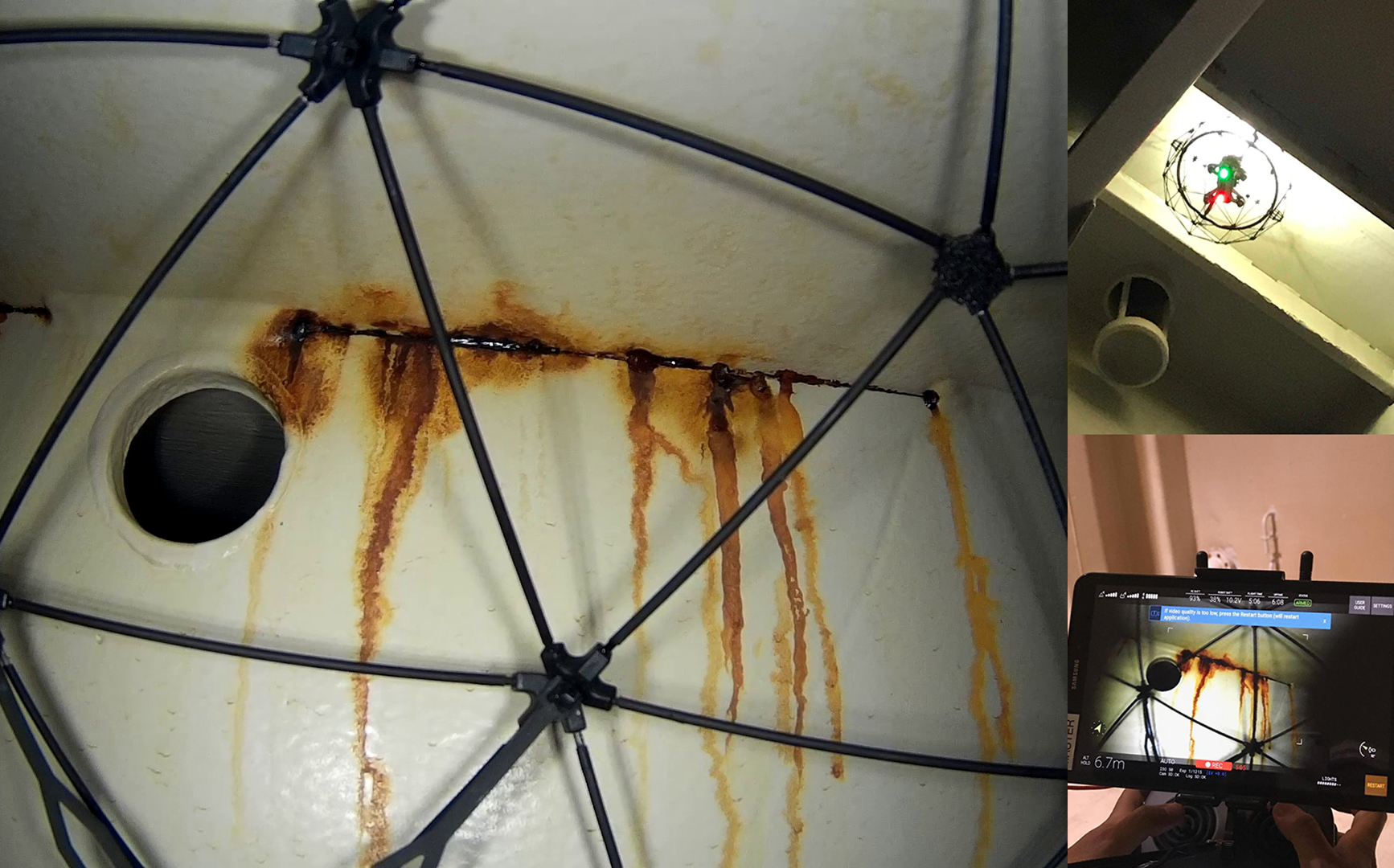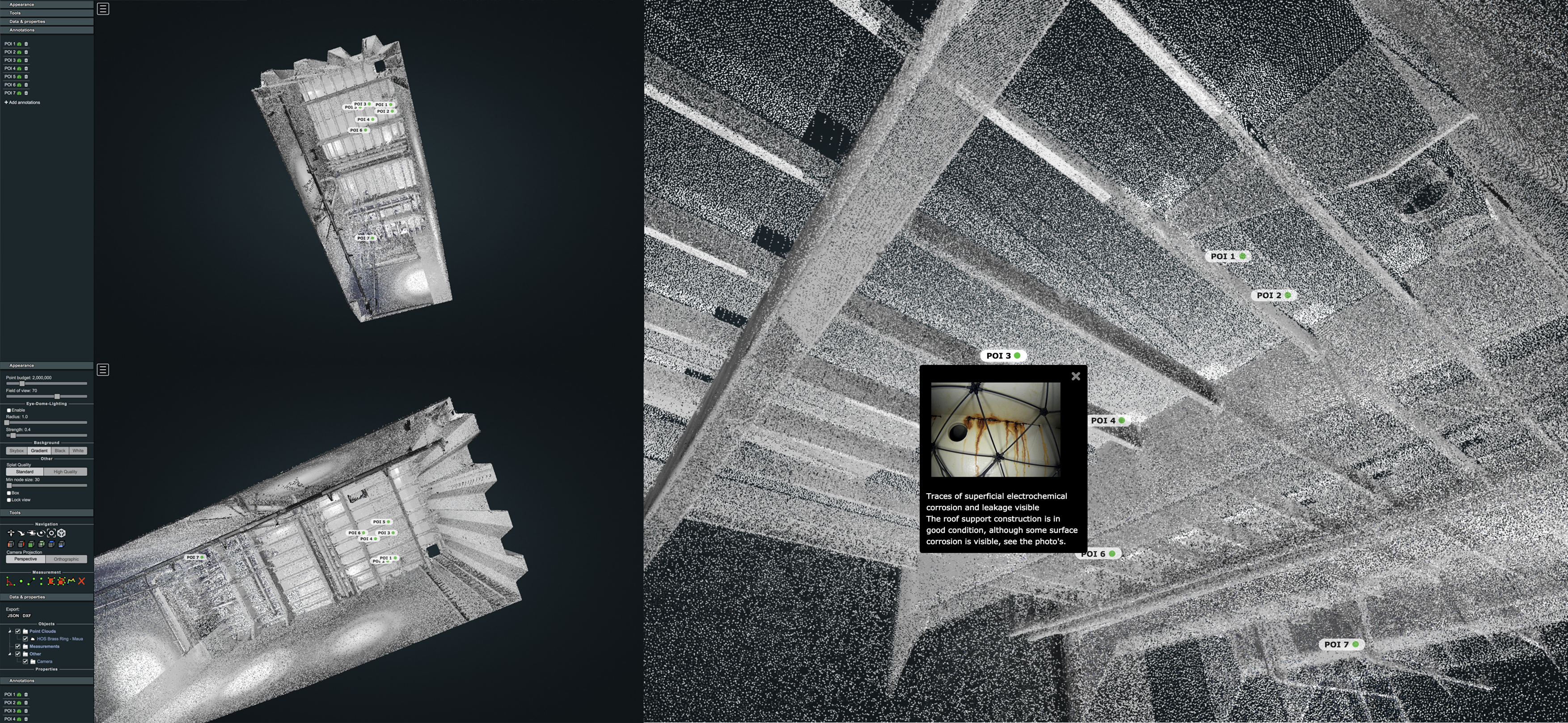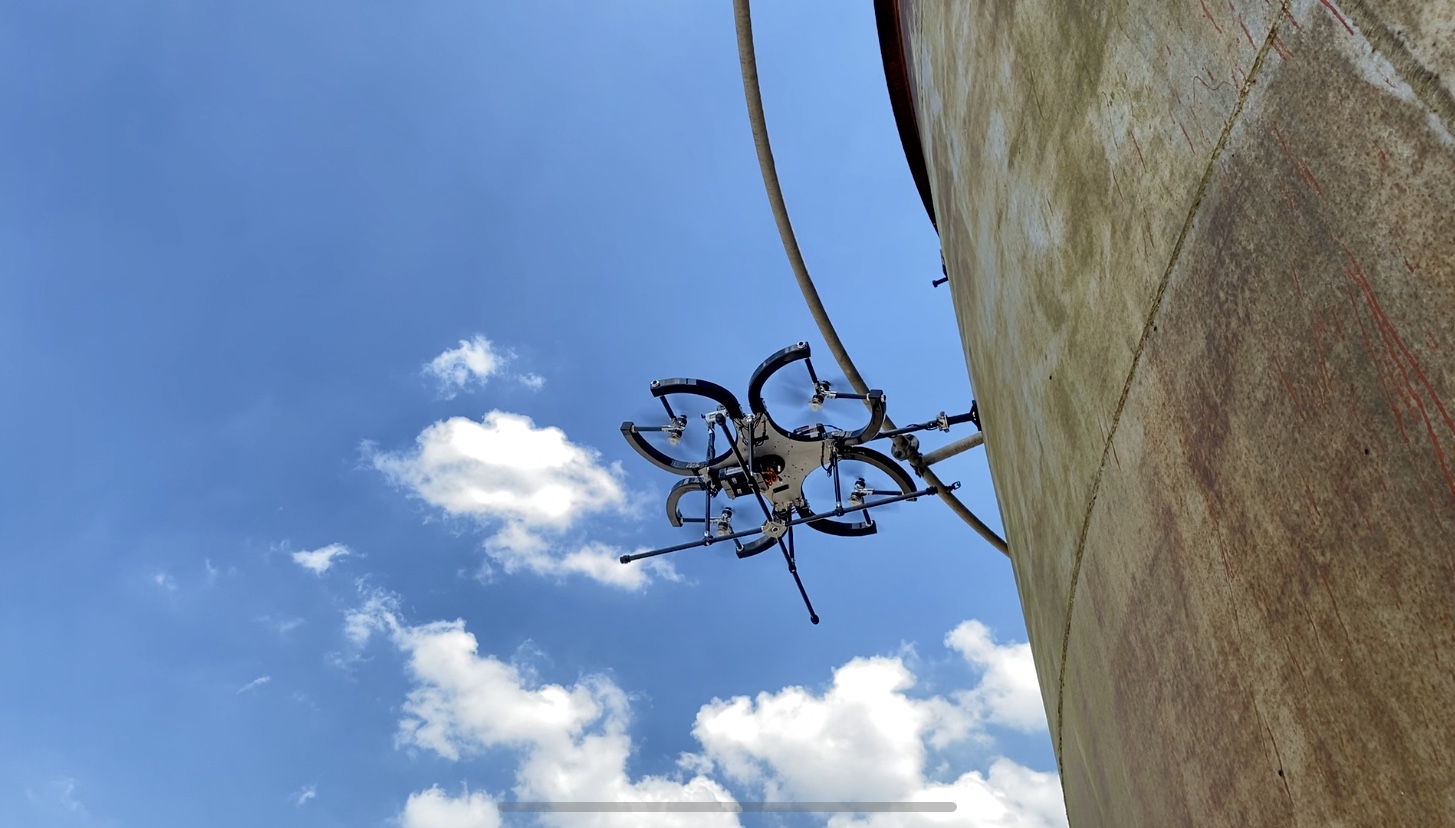
2021 - DBM Rio All Rights Reserved
 Hybrid inspections - the union of DRONES with industrial climbers
09/03/2021
Hybrid inspections - the union of DRONES with industrial climbers
09/03/2021
The use of drones in industry was introduced through sectors such as agriculture and security. But, in the context of Industry 4.0, these unmanned vehicles can make a difference by helping to optimize processes in offshore units, in the oil and gas market.
Industry 4.0 is driven by data, through which technologies such as IoT or machine learning are made possible, as is the accumulation and analysis of information that makes the processes within the industry optimized in order to increase production and decrease costs. costs. Therefore, when it comes to a floating industry, with extreme operational conditions, it is precisely in the collection of this data that the drone comes loaded with benefits, which are: the reduction of risks for professional inspectors and technicians who, commonly, access points interest of an inspection, for example, through access by ropes or, in some cases, scaffolding. These techniques are high risk, the drone can access the same areas to collect visual data more quickly and efficiently! Speaking of speed, the reduction of time is another remarkable feature of these remote equipments, because it manages to collect a much larger amount of data in a short period of time, eliminating the time to assemble a scaffold, for example, or even the climb of a team of climbers to the point of interest. Another relevant benefit is the accuracy and quality of the data collected, because with the combination of software and tools (payloads) coupled to the drone, it is possible to have a wide variety of readings and images of an equipment, such as thermography, point cloud, detection of gases and noise, dimensioning, leveling and other types of data that can be collected.


However, as already evaluated in some cases, the drone is unable to collect data from some points of difficult access, either due to the aircraft's limitation or by places that do not allow the drone to have good navigability, visibility or performance, in these cases, access by A professional's strings is recommended.
New technologies coupled to the drone are available on the market, such as the drone with an ultrasound thickness measurement probe, which Aerial Solutions is bringing to the market. In this case, the drone must be operated by a level II NDT inspector or, at least, an inspector to direct the flight, acting as a co-pilot, guiding the pilot in command regarding the collection of ultrasound data.

Rope Steel, in partnership with Aerial Solutions, is developing P&D projects with national and multinational companies for the introduction of this technology by the second half of 2021, POCs and tank inspection projects are already being carried out in other countries, with pilots approved by the FAA (Federal Aviation Administration) and Rope Steel's NDT II Inspectors, who are already trained and qualified to operate drones for various types of inspections.

Specialist in inspection, installation, repair and maintenance of equipment, using rope access techniques and industrial climbing and drones.
